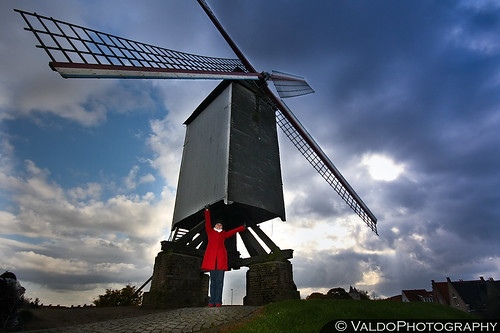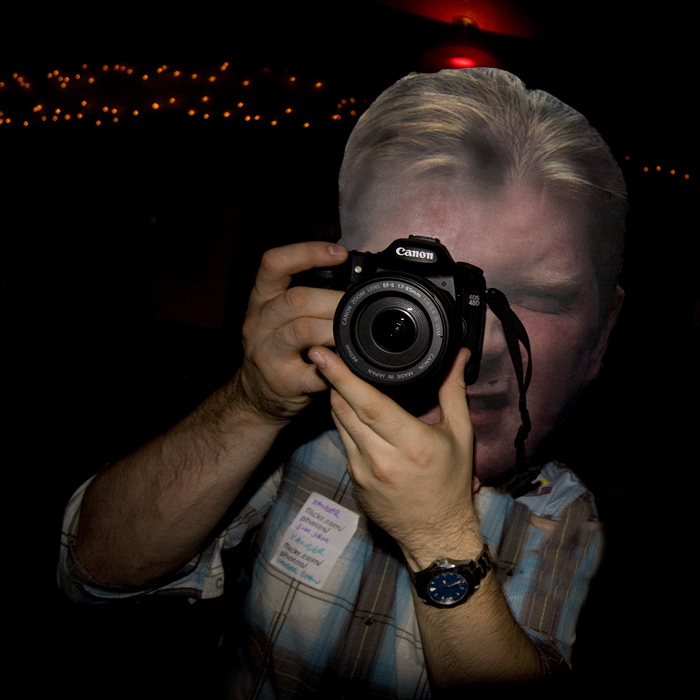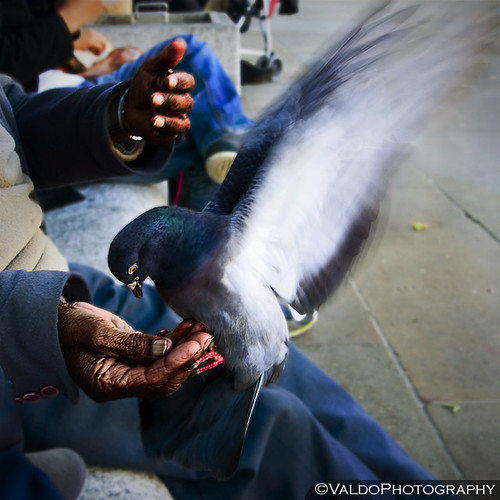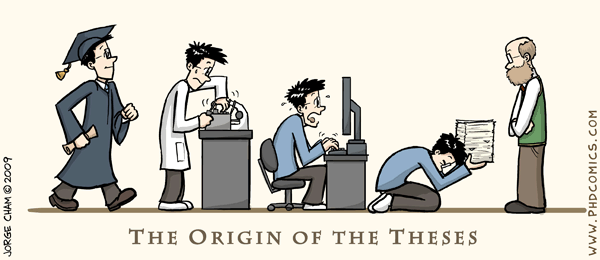With the wind, the rain and the cold also come the Gluhwhein, the merry songs, and the FIREWORKS!!! So be ready with your camera to capture the moment, in this post I’ll try to help you get the best results.
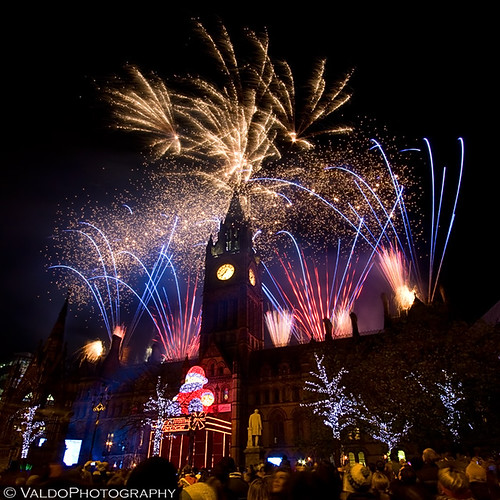
I took the image above during last year’s Switch-On in Manchester. I’ve received many nice comments and lots of views, here I tell you how to get something similar.
Find a Good Spot
Every year I see lots of people trying to get to the very front, what’s the point? If what you really want is to get good firework pictures then you want to be farther away. You really need to give some space between you and the fireworks so you can catch’em.
Carry a Tripod
I know, I know, I also hate lugging stuff around. However this is a time where the tripod is your friend. You will need long exposures to get the fireworks and give them time to spread-out in your frame so, don’t be lazy for once ;¬)
Get a Wide-Angle Lens
If you are using a DSLR get a wide-angle (10mm), you really need a lot of space to make the fireworks fit on your frame. If you are using a P&S or a compact camera then don’t worry, your lens is already wide enough.
Avoid Touching the Camera
Chances are that it will be dark enough and the movement you generate while pressing the trigger (even when using the tripod) will be unnoticeable. However, it is best if you are using a cable or ratio trigger (if you have a DSLR), or just set your camera on the timer. Even P&S now have an option for a 2sec delay, that will do.
Long Exposure and Aperture
As I said above, you need to give time to the fireworks to explode and spread in your frame, so you need to work with long exposures. How long? to be honest it is trial and error. For the image above I used 4 seconds. You also want to get a good depth of field. I won’t get into details but try to increase the number in the aperture as much as you can without getting ridiculously long exposures (you don’t normally want to get above 10secs).
Remember the long exposure will give you a better chance to capture the fireworks. But the longer it gets the more fireworks will get cramped in your frame so it is a matter of taste and it will depend on how big the area is and the firework programme.
A Starting Point
If you like the image above and you will be facing similar conditions, then this are all the settings I used. They could be a good starting point for your first frame :D
| Exposure: 4 seconds Aperture: f/16 Focal length: 10mm ISO speed: 200 |
Now go out and shoot and don’t forget to share with me your results. I hope you find this helpful.
More>>
